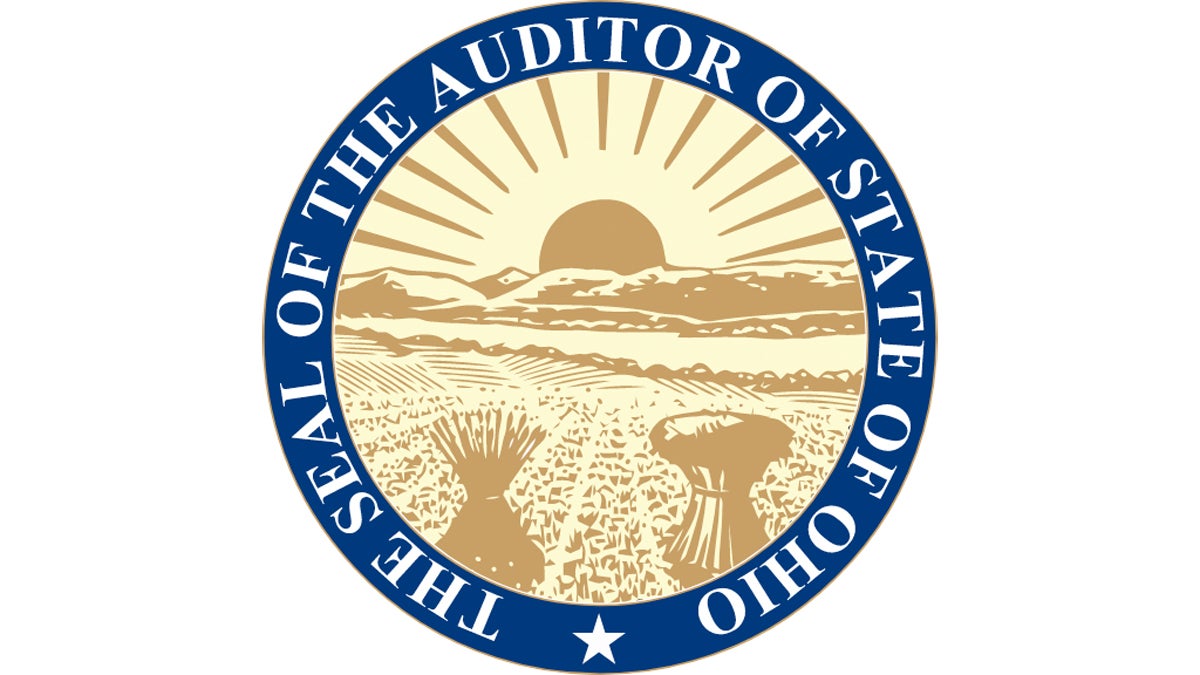Farmers urged to be vigilant on highly pathogenic Avian Influenza
Published 12:00 am Sunday, March 20, 2022
The U.S. Department of Agriculture has confirmed the detection of High Path Avian Influenza in poultry flocks in multiple states surrounding Ohio. These states include Kentucky, Indiana, Virginia, New York, Delaware, Maine, Michigan, Iowa and Connecticut.
While no detections have been found in our state, it is important to intensify biosecurity and best management practices to prevent this disease in our poultry flocks. Avian Influenza can be a devastating disease for all poultry owners. Now is the time to review your biosecurity measures on your farm and implement Enhanced Biosecurity steps to protect your flocks.
1. Prevent contact with wild birds and waterfowl: Keep birds indoors when possible. Adding simple wildlife management practices around your farm will help prevent HPAI in your flock.
Learn more Biosecurity tips through Wildlife Management Practices Here: hpaifactsheet_wildlife-biosecurity.pdf (usda.gov)
2. Keep visitors to a minimum. Only allow those people who take care of your poultry to come in contact with your birds, this includes family and friends. Keep track of everyone who is on your property at all times. Make sure everyone who has contact with your flock follows biosecurity principles.
3. Wash your hands before and after coming in contact with live poultry. In addition to potentially spreading disease from farm to farm or bird to bird, you can also spread germs such as Salmonella that can impact human health. Wash with soap and water (always your first choice). If using a hand sanitizer, first remove manure, feathers and other materials from your hands because disinfectants will not penetrate organic matter or caked-on dirt.
4. Provide disposable boot covers (preferred) and/or disinfectant footbaths for anyone having contact with your flock. If using a footbath, be sure to remove all droppings, mud or debris from boots and shoes using a long-handled scrub brush before stepping into the disinfectant footbath, and always keep it clean.
5. Establish a rodent and pest control program. Deliver, store, and maintain feed, feed ingredients, bedding and litter in a manner that limits exposure to and contamination from wild birds, rodents, insects and other animals.
6. Use drinking water sourced from a contained supply (such as a well or municipal system). Do not use surface water for drinking or cleaning.
7. Clean and disinfect tools or equipment before moving them to a new poultry facility. Before allowing service vehicles, trucks, tractors or tools and equipment—including egg flats and cases that have come in contact with birds or their droppings—to exit the property, make sure they are cleaned and disinfected to prevent contaminated equipment from transporting disease. Do not move or reuse items that cannot be cleaned and disinfected — such as cardboard egg flats.
8. Look for signs of illness. Monitor egg production and death loss, discoloration and/or swelling of legs, wattles and combs, labored breathing, reduced feed or water consumption.
9. Report sick birds: Report unusual signs of disease or unexpected deaths to OPA 614-882-6111 or the Ohio Department of Agriculture main line at 614-728-6220 or the afterhours line at 1-888-456-3405.
10. Other Important Numbers
Sick bird hotline: 866:536-7593
USDA APHIS VS Ohio: 614-856-4735
For more information on biosecurity practices you can follow, visit USDA’s Defend the Flock Resource Center at https://www.aphis.usda.gov/aphis/ourfocus/animalhealth/animal-disease-information/avian/defend-the-flock-program/dtf-resources/dtf-resources.
Also, please read the Defend the Flock Winter Bulletin at https://www.aphis.usda.gov/publications/animal_health/dtf-newsletter-winter-22.pdf).
APHIS will continue to announce the first case of HPAI in commercial and backyard flocks detected in a state but will not announce subsequent detections in the state.
All cases in commercial and backyard flocks will be listed on the APHIS website at https://www.aphis.usda.gov/aphis/ourfocus/animalhealth/animal-disease-information/avian/avian-influenza/2022-hpai






